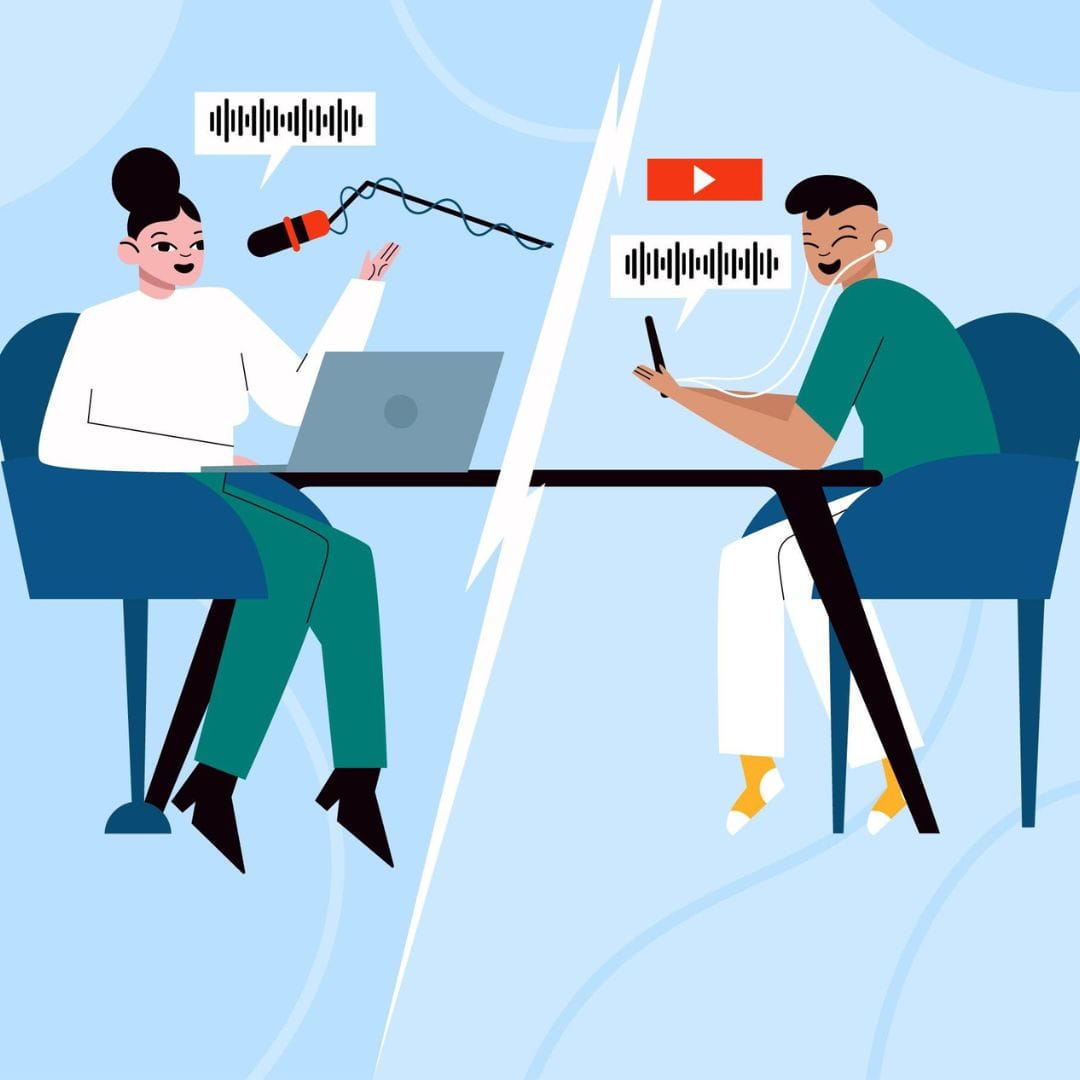You’ve got your coffee, and I’ve got my ideas. Let’s dive in!
Have you ever found yourself at the crossroads between explainer videos and how-to videos, wondering which direction to take? You’re not alone in this common dilemma! In today’s digital landscape, video content plays a crucial role in communicating ideas, promoting products, and educating audiences. But as a marketer, you might be pondering: Should you create an explainer video or a how-to video? Both have their merits and choosing the right one can significantly impact your brand’s messaging and engagement.
In this comprehensive blog post, we’ll explore the differences between explainer videos and how-to videos, examine their purposes and audiences, analyze their styles, and help you decide which format works better for your specific needs. With a focus on how these videos can enhance your marketing strategy, let’s break down everything you need to know about these two compelling forms of visual storytelling.
Round 1: Understanding the Basics
Explainer Videos
Explainer videos are like that knowledgeable friend who provides a quick overview of complex topics, making them digestible and easy to understand. Think of them as your academic ally, helping you grasp the essentials without overwhelming you. These videos are typically short, ranging from 60 to 90 seconds, and are designed to introduce a concept, product, or service clearly and concisely. They often use animations, motion graphics, and engaging visuals to simplify complex ideas.
The primary goal of an explainer video is to inform and captivate the audience’s attention. They often focus on the problem at hand and present your product or service as the ultimate solution. For example, if you run a software company, an explainer video might highlight the challenges businesses face without your product, followed by how your solution effectively addresses those issues.
How-to Videos
On the other hand, how-to videos are your practical, DIY buddy, ready with a toolkit to guide you through fixing a leaky faucet or mastering a feature in your software. These videos are hands-on, and detailed, and delve deep into the specifics of using your product. They typically range from a few minutes to half an hour, depending on the complexity of the subject matter.
How-to videos aim to educate the audience by providing step-by-step instructions on completing a task or using a product effectively. They are invaluable for users who need guidance and assistance, making them feel empowered to take action. For instance, a how-to video for a new app could walk users through setting up their profiles, using specific features, or troubleshooting common issues.
Round 2: Defining the Purpose
The Purpose of Explainer Videos
If your goal is to introduce a new product, explain a concept, or generate curiosity about your brand’s value, explainer videos are your best bet. They act like top-notch elevator pitches, ideal for creating that “Aha!” moment. By presenting information in a visually engaging way, explainer videos can quickly capture the audience’s attention and motivate them to learn more.
For instance, if you’re launching a new service, an explainer video can succinctly convey its benefits and features in a way that resonates with your target audience. This type of video is perfect for use on landing pages, social media, and email campaigns, where you want to create interest and drive conversions.
The Purpose of How-to Videos
Conversely, if you aim to teach users how to utilize specific features of your platform or provide in-depth guidance on a task, a how-to video is the way to go. Think of it as a workshop where your audience can learn and apply new skills in real time. These videos are essential for users who have already engaged with your product or service and are looking for more information.
How-to videos can improve customer satisfaction and retention by offering valuable support and education. For example, a software company might create how-to videos for each feature, helping users understand how to maximize the tool’s potential and encouraging long-term use. These videos can be hosted on your website, YouTube channel, or within your app to ensure users have easy access to assistance when needed.
Round 3: Identifying the Target Audience
Audience for Explainer Videos
When it comes to your audience, explainer videos often serve as the opening act at a concert. They are designed to pique interest, attract attention, and warm up potential customers. Explainer videos are perfect for those who are just browsing or discovering your product for the first time. They aim to create awareness and interest, making viewers eager to learn more about your offering.
Typically, the audience for explainer videos includes potential customers, investors, and anyone who might benefit from your product or service. These viewers are generally seeking quick, clear information that helps them understand your brand’s value proposition.
Audience for How-to Videos
In contrast, how-to videos cater to an audience that already knows the basics and wants to dive deeper. These viewers have already engaged with your product or service and are eager for more in-depth information. They may be current customers, users who have tried a free trial, or individuals exploring your brand after hearing about it from others.
How-to videos are crucial for an audience that seeks to enhance their skills or knowledge about your product. This includes users looking for tutorials, troubleshooting guides, or tips for maximizing their experience. By addressing their specific needs and concerns, how-to videos can strengthen the relationship between your brand and its customers.
Round 4: Exploring the Style
Style of Explainer Videos
Explainer videos thrive in the realm of animation, illustrations, and metaphors. They’re akin to a Picasso painting, using motion graphics, illustrations, UI mockups, and icons to present abstract concepts in a relatable way. These videos excel in portraying problems and presenting your product as the ultimate solution.
The style of an explainer video is designed to engage and entertain the audience while conveying essential information. For example, animated characters can illustrate the problem and lead the audience to the solution your product provides. This approach keeps viewers engaged and enhances their understanding of complex ideas.
Style of How-to Videos
How-to videos, however, focus on the practical aspect. They resemble a live cooking show, where a friendly host demonstrates each step in real time. These videos are all about authenticity and transparency—showing the real deal without sugarcoating the process.
Typically, how-to videos employ straightforward visuals and narration to guide viewers through specific tasks. They may feature screen recordings, live demonstrations, or on-screen text to enhance understanding. This style prioritizes clarity and usability, ensuring that viewers can easily follow along and apply what they learn.
The Verdict: Which Video Format Wins?
So, the moment of truth is here! Who emerges victorious in this epic showdown?
Here’s the twist: there’s no clear winner. Much like Batman and Superman, both explainer videos and how-to videos are superheroes in their own right. Each format serves a unique purpose and caters to different stages of the customer journey.
Instead of choosing one over the other, consider integrating both into your marketing strategy! Use explainer videos to generate interest and curiosity while utilizing how-to videos to provide deeper insights and guidance. By embracing the strengths of both formats, you can create a comprehensive video marketing strategy that addresses the needs of your audience at various touchpoints.
Combining Explainer Videos and How-to Videos
To maximize the effectiveness of your video content, consider creating a cohesive strategy that includes both explainer videos and how-to videos. Here are some tips on how to integrate both formats effectively:
- Identify Key Messages: Determine the core messages you want to convey through your explainer videos and how-to videos. This will help you create a clear and focused strategy.
- Create a Content Calendar: Plan your video content ahead of time. Schedule your explainer videos to launch alongside new products or services, and pair them with how-to videos that provide detailed guidance on using those offerings.
- Utilize Cross-Promotion: Promote your explainer videos within your how-to videos and vice versa. For example, at the end of a how-to video, you can suggest viewers watch the related explainer video for a broader understanding of your product.
- Analyze Audience Engagement: Monitor how your audience interacts with both types of videos. Use analytics tools to assess which formats resonate more with your viewers, and adjust your strategy accordingly.
- Leverage Different Platforms: Distribute your videos across various platforms to reach a wider audience. Use explainer videos for social media ads and landing pages, while how-to videos can be shared on your website, YouTube channel, and customer support pages.
Real-World Examples of Success
To further illustrate the effectiveness of both explainer videos and how-to videos, let’s take a look at some real-world examples of brands that have successfully implemented these formats.
1. Explainer Video: Dropbox
Dropbox’s explainer video effectively showcases the platform’s benefits and features in a concise, engaging manner. Using simple animations, the video illustrates how users can store and share files easily. This video not only generates interest but also encourages potential customers to sign up for the service.
2. How-to Video: Trello
Trello, a project management tool, offers a series of how-to videos that guide users through the platform’s features. These videos provide step-by-step instructions, helping users understand how to organize their projects effectively. By offering valuable guidance, Trello enhances user experience and satisfaction.
3. Explainer Video: Slack
Slack’s explainer video showcases the platform’s collaborative features, demonstrating how it can streamline communication for teams. The video’s engaging visuals and clear messaging help viewers understand the platform’s value, making it an effective marketing tool.
4. How-to Video: Canva
Canva, a graphic design platform, uses how-to videos to teach users how to create stunning designs. These videos cover various topics, from basic tutorials to advanced techniques. By empowering users with knowledge, Canva fosters loyalty and encourages users to explore the platform further.
Final Thoughts: Making the Right Choice for Your Brand
As you navigate the world of video marketing, understanding the differences between explainer videos and how-to videos is essential for creating content that resonates with your audience. Both formats have unique strengths and serve distinct purposes, so the key is to assess your goals and target audience before making a decision.
By integrating both explainer videos and how-to videos into your marketing strategy, you can create a comprehensive approach that addresses the needs of your audience at every stage of their journey. Whether you’re generating interest with explainer videos or providing valuable guidance with how-to videos, the combination of both formats can enhance your brand’s messaging and drive engagement.
So, grab that cup of coffee, and start making waves with your video marketing! Your audience is waiting for engaging, informative content that will elevate their experience with your brand.
Until next time, keep those reels rolling and your audience engaged!


